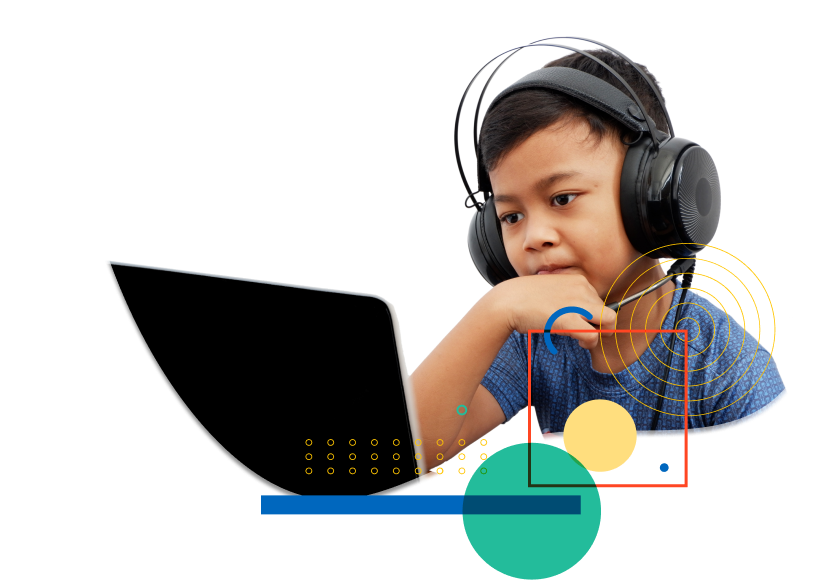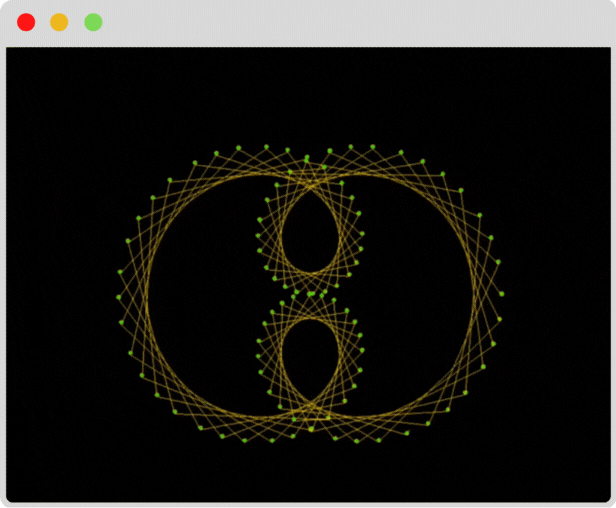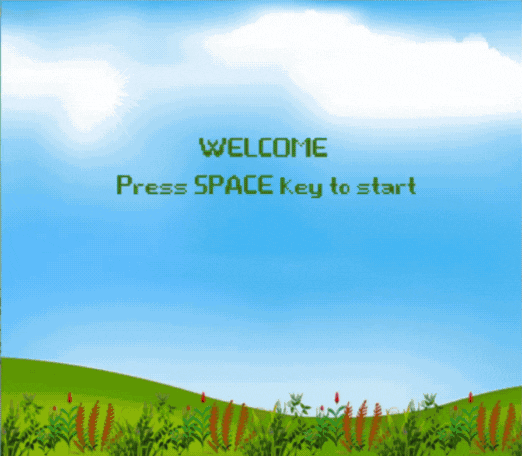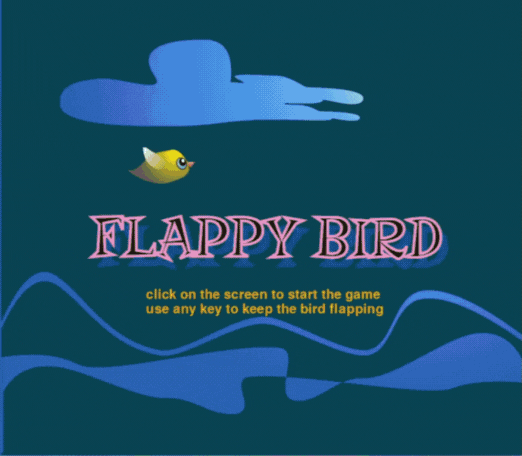
Python

An introduction to Computer Science, different programming paradigms with a focus on object-oriented programming.

Python
An introduction to Computer Science, different programming paradigms with a focus on object-oriented programming.

This course is for students interested in learning the programming language Python.
Python is the best option to start learning computer programming. Students will be taught to use code comments as pseudocode, building skills of problem-solving and logical thinking. Weekly homework assignments will help students to stay on track and help them start working on their projects independently.
Schedule a meeting in zoom prior to signing up for better placement of your child in our course!

Lesson Plan
- Understanding the concept of binary.
- Introduction to the programming languages.
- Introduction Python editor’s interface.
- Comments, built-in functions.
Goals: students have been introduced to Python and learned how to input data and transform types of variables. Now they can independently work on creative assignments.
- Variables and data types.
- Working with numbers.
- Working with math operators and remainders.
- Working with different division operators in Python.
- Math and ‘Random’ module in Python.
Goals: students are now familiar with the basics of Python. They are ready to start working on more advanced projects.
- String data type.
- String Operators.
- String Formatting.
- Understanding the concept of user input.
Goals: students are now familiar with the concept of strings.
- Introduction to lists and indices.
- List methods.
- Concept of the mutable and immutable data type.
- Strings vs lists.
- List slices.
Goals: students understand the concept of lists. They are able to modify lists, slice lists and use lists for their home assignments.
- Python syntax for conditional statements.
- Operators if, elif, else.
- Logical operators: and, or, not.
- Learning to test conditions.
- Finding solutions for the Leap Year and other more complex conditionals.
Goals: students can start working on their first projects with conditionals.
- Introduction to the Python ‘Turtle’ library.
- Getting started with ‘Turtle’. Program with ‘Turtle’.
- Drawing a shape.
- Drawing pre-set figures.
Goals: students can draw their own pre-planned graphics using the ‘Turtle’ module.
- Introduction to loops.
- Loop variables.
- Data type ‘Range’.
- Creating graphics using the module ‘Turtle’ and loops.
- Conditional loops.
- Nested loops.
Goals: students use strings, range, loops, multiple variables, and multilevel code separated by blocks to make an advanced project.
- Defining functions in Python and calling the functions.
- Variables scope.
- Function return.
- Refactoring your code using functions.
Goals: students can use functions to complete their homework assignments.
- Defining a dictionary.
- Making a Dictionary.
- Accessing Dictionary Keys and Values.
- How to use Loops with Dictionaries.
- Built-in Dictionary Methods.
Goals: students are familiar with the concept of Python dictionaries. They start using dictionaries to solve more complex problems.
- Understanding GUI.
- Working with Python GUI Library.
- Understanding grid layout and coordinates.
- Creating various personalized projects.
Goals: students will have put graphical UIs, use loops, lists, dictionaries, RGB colors in practice.
- Designing the app, choosing the appropriate data structure to solve the problem.
- Creating the game Rock-Paper-Scissors.
- Creating the game Tick-Tack-Toe.
- Creating the game Hangman.
- Creating Caesar Cypher.
Goals: students have delved into app development and learned more complex algorithms. Students use their knowledge of data types, conditionals, loops and functions to create real apps.
- Introduction to the new Python library.
- Understanding the ‘Events’ loop.
- Implementing the concept of Law of Motion in programming.
- Continue studying functions with game examples.
- Using algorithms in game development.
- Completing 3 small game components independently.
- Making a complete game as a final project of the year.
Goals: creating a game using Python.
SCHEDULE AND REGISTRATION

JavaScript
Learning programming through building graphic and interactive experiences, creating colorful, dynamic, and engaging visuals, animations. Students build an understanding of programming concepts through creating visuals, modifying them, experimenting with the code. The course covers the main concepts of variables, functions, loops, conditionals. It is a perfect course to introduce a child to programming.

Digital Art and Animation
This course is lighter of programming and mostly introducing children to computer graphics and animation. Course is designed to help children to develop abstract thinking through building visuals. Student will be learning the concept of vector graphics (SVG). They will also learn raster graphics manipulation. Different software will be used. It is a fun course that brings out a lot of creativity and teachers a lot of computer skills. Please, schedule a meeting in zoom prior to signing up for better placement of your child in our course.
Projects by our students
Check out what kids can achieve with Coding Butterfly.

Projects by our students
Check out what kids can achieve with Coding Butterfly.

-
 Apple Seed
Apple Seed

-
 Race track
Race track

-
 Flappy Bird
Flappy Bird


Apple Seed


Race track


Flappy Bird


Apple Seed




